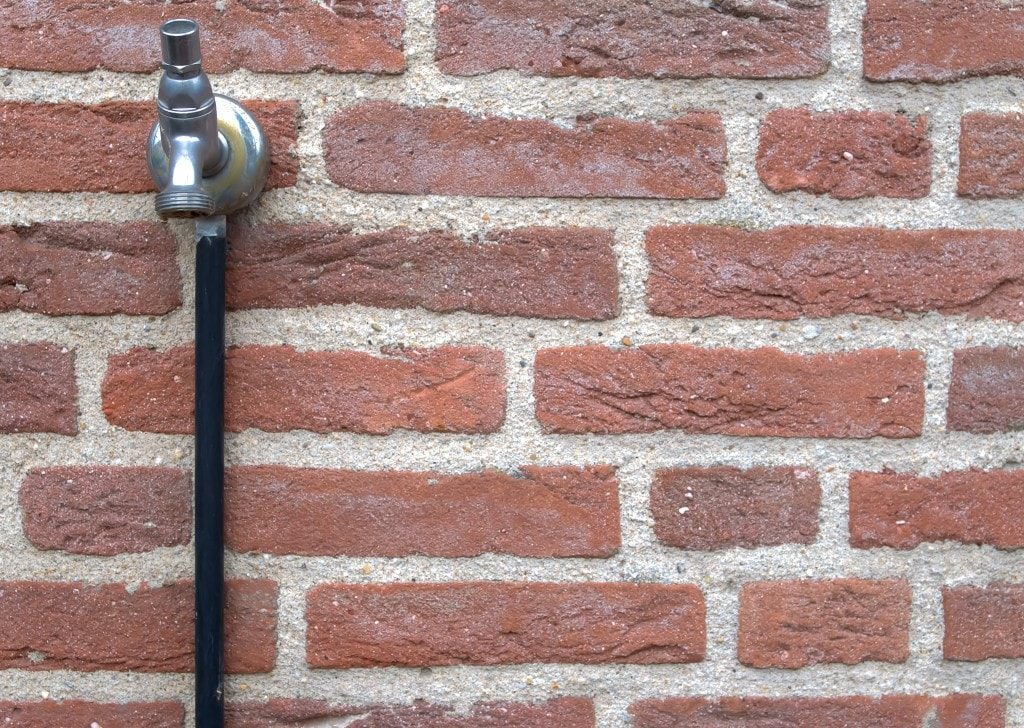Wicked winter weather can cause all manner of plumbing problems in your home, especially when considering the possibility of freezing pipes.
If you're worried about the piping in your home, now is the time to act.
Taking preventative measures before winter sets in can reduce and eliminate the risk of frozen pipes and cold weather threats, meaning your family will be cosy and warm despite the minus degree temperatures.
Where the trouble may lie:
Some pipes are more prone to freezing than others because of their location in the home.
They include;
- Exposed pipes in unheated areas of the home
- Pipes located in exterior walls
- Any plumbing on the exterior of the home
You should always check these areas before winter sets in, otherwise it may be too late.
Preventative Measures for Outside:

A frozen garden hose can cause more damage than a busted hose; it can actually burst an interior pipe. When the water in the hose freezes, it expands, increasing pressure throughout the whole plumbing system.
As part of your regular seasonal maintenance, garden hoses should be disconnected, drained, and stored before the first hard freeze.
If you don’t have frost-proof spigots, close the interior shut-off valve leading to that faucet, open and drain the spigot, and install a faucet insulator. They cost only around £5 and are worth every penny. Don’t forget, outdoor kitchens need winterizing, too, to prevent damage.
Exposed Interior Pipes:
Exposed pipes in the basement are rarely in danger of freezing because they are in a heated portion of the home. But plumbing pipes in an unheated area, such as an attic, crawl space, and garage, are at risk of freezing.
Often, inexpensive foam pipe insulation is enough for moderately cold climates. For severe climes, opt for wrapping problem pipes with thermostatically controlled heat tape, which will turn on at certain minimum temperatures.
Under Insulated Walls:

If pipes traveling in exterior walls have frozen in the past (tell-tale signs include water damage, mould, and moisture build-up), it’s probably because of inadequate or improperly installed insulation.
It might well be worth the few hundred pounds it costs to open up the wall and beef up the insulation.
Heading South for Winter:
For those leaving their homes for an extended period of time in winter, additional preventative measures must be taken to adequately protect your home from frozen pipes.
- Make sure the furnace is set no lower than 55 degrees.
- Shut off the main water supply and drain the system by opening all faucets and flushing the toilets.
In extreme situations, we would recommend sourcing a plumber come and inspect the system, drain the hot water heater, and perhaps replace the water in traps and drains with non-toxic antifreeze.
